
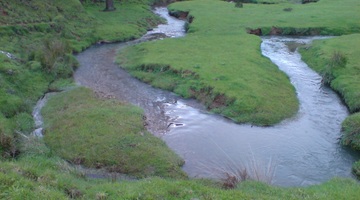
Riffles, pools, reaches, rapids, waterfalls, glides, eddies, meanders, overhangs and undercuts – there’s more to a stream than just water. Streams are smaller water bodies, characterised by ...
READ MORE

Our cities have a maze of often forgotten waterways tucked away beneath weedy banks or buried in concrete pipes under busy streets. Native freshwater fish, our hidden treasures, may still be ...
READ MORE
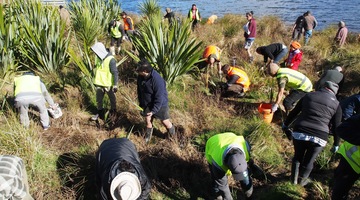
Our freshwater native fish like to keep their cool. They’re used to shaded waterways lined with dense vegetation because over 80% of New Zealand was once forested. Stream work for fish is ...
READ MORE

In this activity, students can test their knowledge of freshwater fish online or in a paper-based quiz. The quiz can be used as an introductory tool to gauge students’ prior knowledge, as a ...
READ MORE

Simply defined, a tipping point is the point when a number of changes or incidents become significant enough to cause a large change in the way a system functions. The tipping point concept is ...
READ MORE
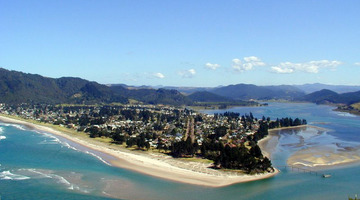
In this activity, students discuss how a variety of everyday objects can serve as metaphors for the important characteristics and functions of estuaries. By the end of this activity, students ...
READ MORE
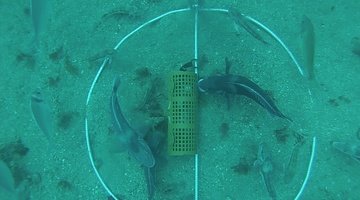
Come and visit Aotearoa New Zealand’s underwater world in this online citizen science project. Discover, count and identify unique fish species that live within our marine reserves ...
READ MORE
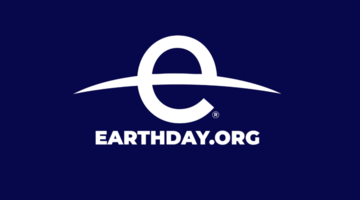
Be part of a worldwide movement and use Global Earth Challenge to submit or classify photos to help our planet’s environment and human health. Global Earth Challenge is a citizen science campaign ...
READ MORE
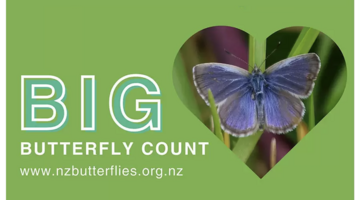
This New Zealand-based citizen science project collects data about butterflies in our gardens, schools, parks and farms – any location in the country or on the outer islands. This annual event – ...
READ MORE

The Science Learning Hub has a selection of resources that have been translated into te reo Māori and a number of resources that feature both te reo Māori and English. Our webinar Opportunities ...
READ MORE

In this recorded professional learning session, Greta Dromgool from the Science Learning Hub and Ben Moorhouse from the Department of Conservation share their excitement about environmental ...
READ MORE
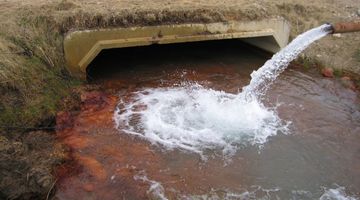
In this online PD session recorded on 5 November 2015, primary school teacher Angela Schipper shares how she adapted resources from across the Science Learning Hub to explore water pollution with ...
READ MORE
Researcher Cheri van Schravendijk-Goodman discusses the problem with culverts that disconnect habitats of fish from the main river. She describes the use of fish ramps and baffles and how they ...
READ MORE
Researcher Cheri van Schravendijk-Goodman explains why some plants are considered pest plants within the Waikato River catchment. These plants invade the catchment area and often compete with ...
READ MORE
Andrew Swales and Weno Iti from NIWA take a core sample in an estuary in Kawhia. Sediment cores can show changes in estuarine ecology over hundreds of years, giving scientists an idea of the ...
READ MORE

This interactive looks at some of the measures you can take to look after your local stream – because if you’re looking after your local stream, you’re looking after our endangered native fish ...
READ MORE

Ko tā te ngohe nei, he aro ake ki ētahi mahi hei tiaki i tō kōawa nō te mea, ki te tiaki koe i tō kōawa, e tiaki ana koe i ngā ika taketake e korehāhā haere nei! Hei tirotiro i te roanga atu o ...
READ MORE

Tirohia ngā rautaki e ora tonu ai ngā arawai mō ērā kei te taha whakararo o te wai me ngā ika taketake, waihoki ka whaihua hoki ngā pāmu, e kore ai hoki e heke iho ngā putanga. Hei tirotiro i te ...
READ MORE